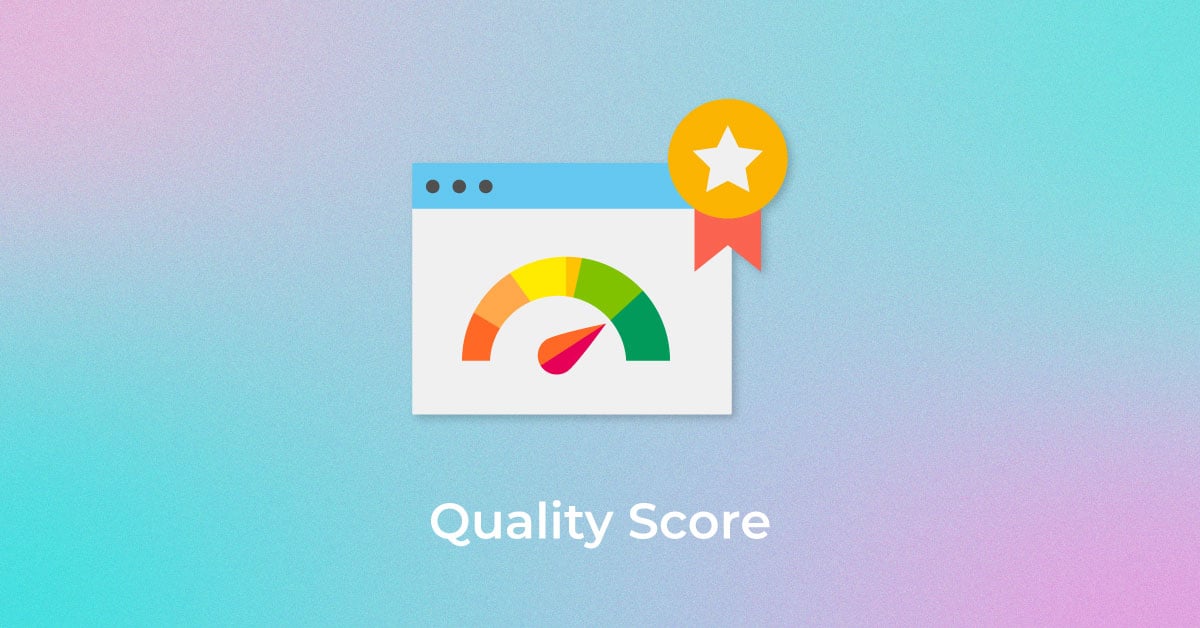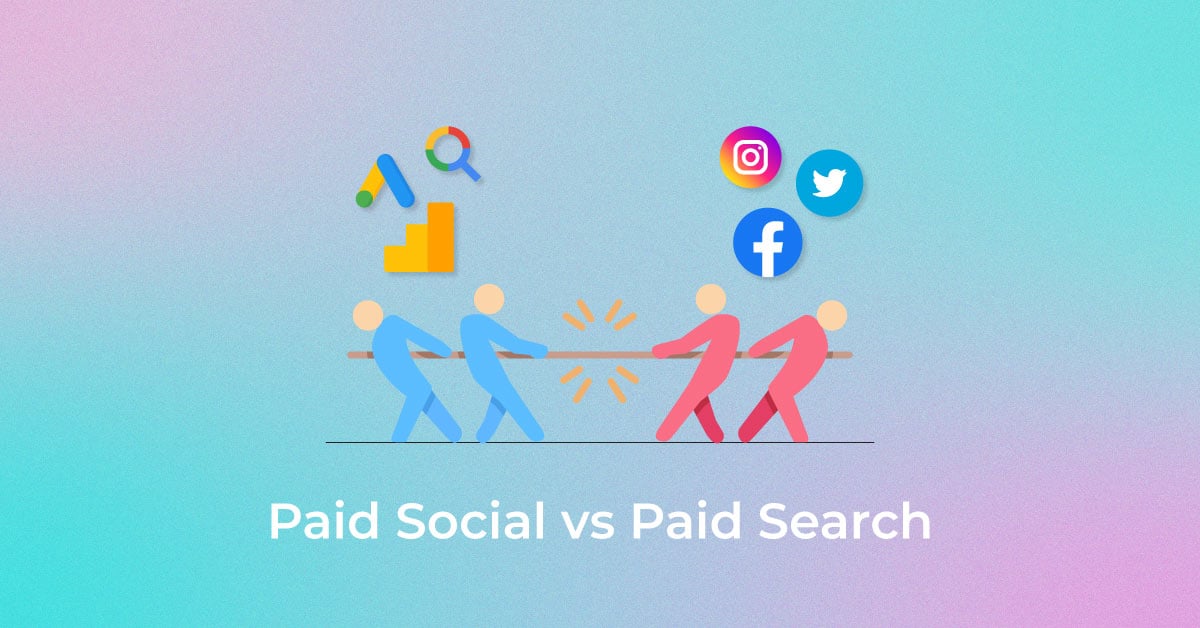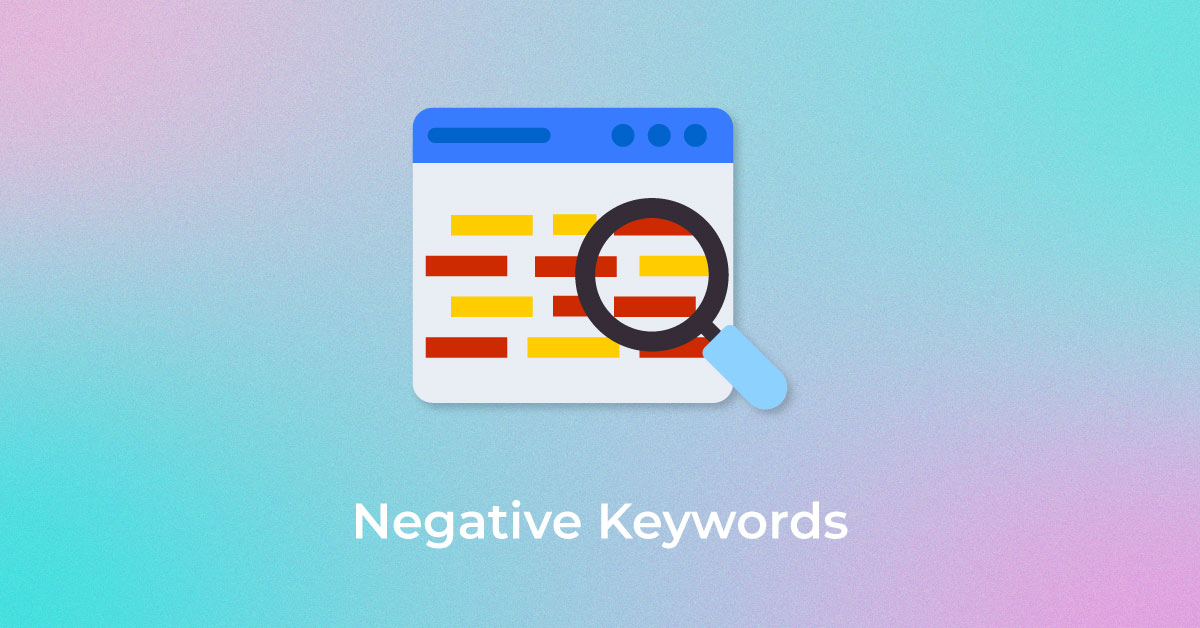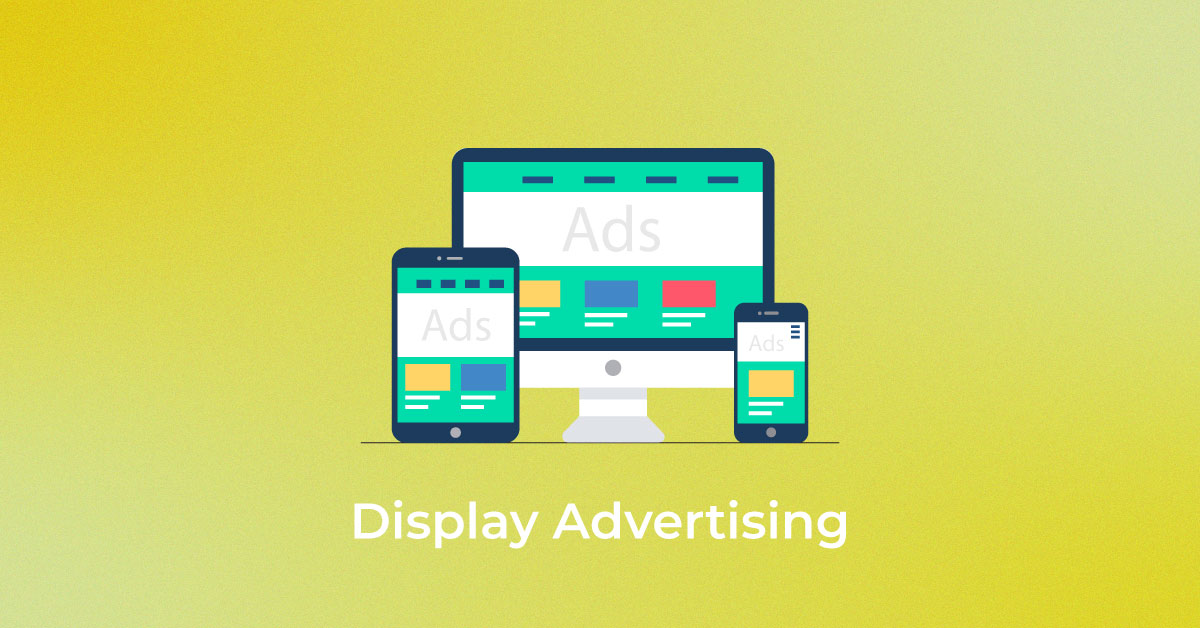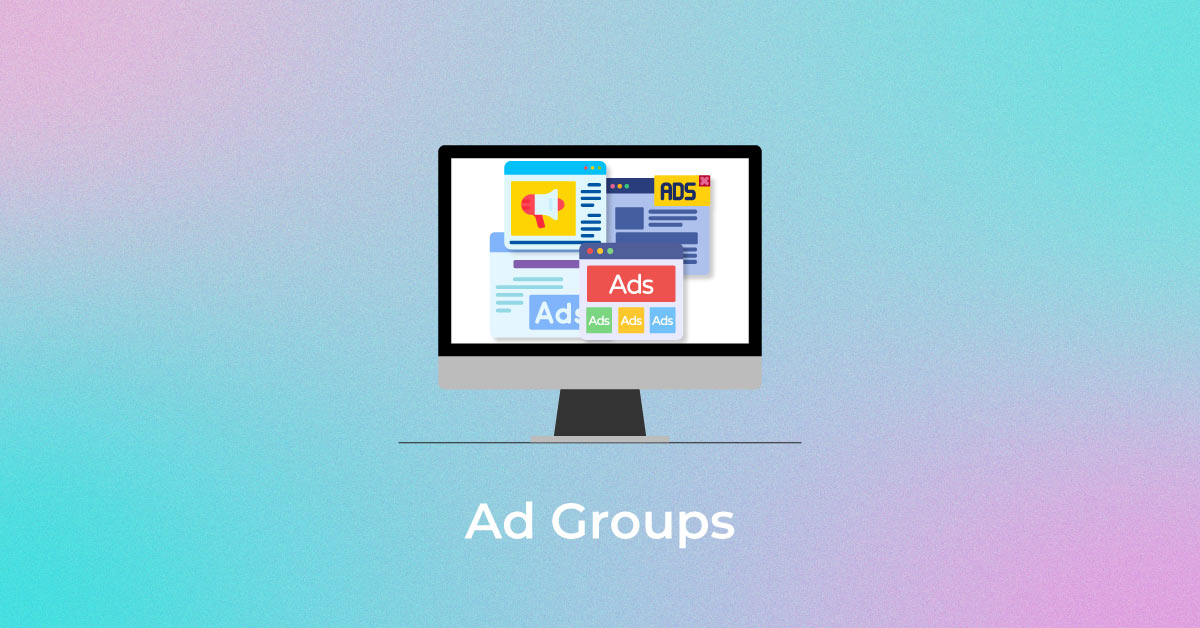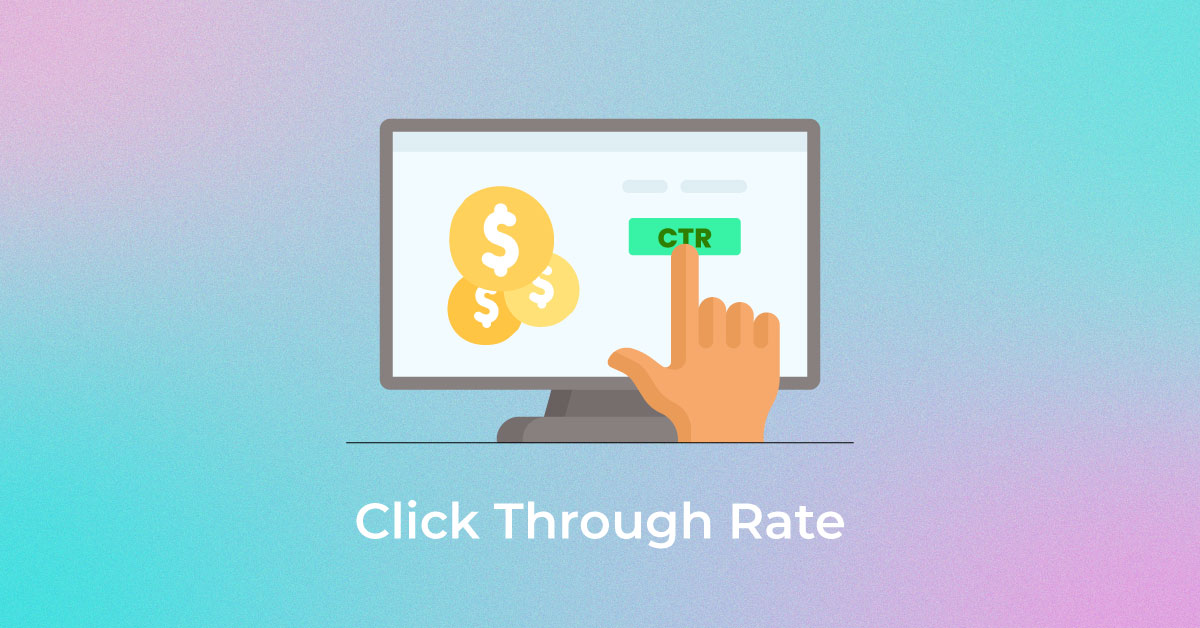Want to reach many potential customers while staying on budget? Learn more about search retargeting and site retargeting and reach out to more customers needing your products, services, or solutions to increase your sales.
What is Search Retargeting?
Search retargeting is a marketing strategy that analyses an individual’s online search history and user behavior to create personalized ads that get them to make a purchase or visit a company’s website. It is a kind of pay-per-click strategy where instead of targeting random users, the marketer or company targets users who are specifically searching for the product, service, or solution they offer.
Search retargeting matches a user’s intent by displaying an attractive or custom-like ad for a product, service, or solution that they are looking for. Companies looking to target ads to the right customers will see the keywords used in their online search history and create ad campaigns featuring the most-used keywords. These keywords are ultimately relevant to a company’s products or services, and customers using those exact or similar keywords get directed to the company’s website. At its core, search retargeting focuses on creating a successful sales conversion and a purchase.
Search retargeting is to attract new customers. To get regular customers or those users who already have shown an indicative interest towards a brand or company, another kind of retargeting known as site retargeting comes into play.
Difference Between Search Retargeting and Site Retargeting
While search retargeting matches a user’s keywords from their online history to create personalized ads, site retargeting create custom ads for those users who have already visited your website and clicked on a product or service or have some awareness of your brand. The main difference between search retargeting and site retargeting is that search retargeting is keyword-based while site retargeting is not.
Site retargeting analyses and uses prospective buyer’s information collected during their company or brand site visit to encourage them to complete or make a purchase. For instance, a user clicked on the ‘earrings’ collection in your online store and added an item to their cart but closed the website right after. Now, site retargeting reminds the user of their initial interest in the item through a custom ad. This ad feels like personal encouragement coming from the brand and sparks a re-interest in the said product or service. Site retargeting aims to re-engage or keep the user engaged in a product, service, or solution whereas search retargeting is the first shot at engaging a user towards the same.
How does Search Retargeting Work?
Search retargeting is an advertising strategy that targets users who have searched for keywords relevant to the product or service that you are offering. For example, if Adidas wants to advertise its sliders, it will run an ad campaign that triggers ads for users who have searched for relevant keywords. So, if a user searches for ‘slippers’, ‘slip-ons’, ‘slides’, or ‘flip-flops’, they will start seeing ads for Adidas sliders. These personalized ads appear on SERPs, websites, social media, pages, etc.
After reading this, you are probably thinking, “This is nothing but site retargeting.” That’s not the case here. Allow us to explain why. Search retargeting focuses on what a user searches for. On the other hand, site retargeting targets users visiting a certain website. The main difference between search retargeting and site retargeting is that the former is used to attract new users, while the latter is used to bring back previous ones. So, if you visit a website and check out a product or service, you will start seeing ads for the same while browsing other websites. However, search retargeting is not based on what website you visit. It depends on what you search for on the web.
What makes search retargeting effective and advantageous is that you can use it on various online platforms. You can not only run ads on SERPs but also target websites and applications. For example, if a user searches for a white T-shirt on Google, they might see an advertisement for it on a fashion blog. Similarly, they might see the same ad on a social media platform like Instagram. Moreover, you can apply search retargeting on various search engines such as Google, Yahoo, Bing, etc.
Essentially, search retargeting revolves around the search behavior of users. This strategy helps you target a new audience that might not even know your brand.
Purpose of Search Retargeting
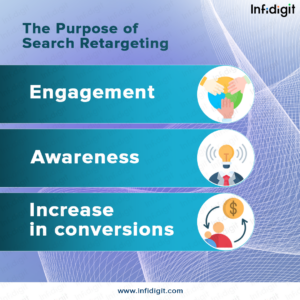
1. Engagement
The first aim of search retargeting is to spark user engagement towards the brand’s or company’s products, services, or solutions. By showing customers that you have the exact product, service, or solution they need, you show them that you care about satisfying them.
2. Awareness
Even if customers show interest in your product or service, they might not necessarily make a purchase on the first go. After your first attempt to reach them through search retargeting, you must keep their awareness of your brand or company alive through site retargeting.
3. Increase in conversions
The ultimate aim of search retargeting is to encourage the customer to purchase from your brand or company website. By working towards sparking and building their interest at the right times, search retargeting aims to create a successful customer conversion, sale, and purchase.
Important Metrics to Measure
To see if your search retargeting efforts are giving you the expected results, you must assess the following:
- CTR (Click-through rate): The number of times your ads received a click by users, divided by the total number of users who view your ad link.
- CPC (Cost-per-click): The amount arrived at from the total amount or cost charged for your clicks, divided by the actual number of clicks.
- Click-through conversions: The number of times a user clicked on your ad, visited and browsed your website, and made a purchase, leading to a successful sales funnel or conversion.
- Impressions: The number of times that your ads get displayed or shown to viewers, irrespective of being clicked or not.
- Visits: The number of times people view your campaign or ad and as a result, visit your website.
Benefits of Search Retargeting
Search retargeting is a low-cost and affordable marketing tool to reach a large number of users. By using search retargeting, companies or brands can increase user awareness, user engagement, which ultimately leads to sales conversion.
Search retargeting helps users connect with the brand and feel like the brand has the ideal solution to their needs. By matching the user’s intent, brands can make them feel special, as most users do not appreciate getting bombarded with generic ads or content. By gently nudging users towards your brand, you can steer them towards buying something that will suit their specific needs and generate a successful sale for you.
How to Set Up Google Search Retargeting
Setting up search targeting in the right manner will save you a lot of time and money. To carry out a successful ad campaign, you must collect data regarding users’ search behavior. This data will help you target the right audience for the campaign. To achieve this, you can install a tracking pixel that tracks users’ behavior. Before you set up an ad campaign, you need to make sure that you have a proper landing page and ad copy. Also, the product or service you are selling must appeal to the viewers. Once all these things are ready, follow the three steps given below:
-
Pick the Right Keywords
After analyzing users’ search data, you will get a rough idea of what keywords to pick for the campaign. To find relevant keywords, tools like Ahrefs, SEMrush, and Google Keyword Planner can be used. For further analysis, you should carry out competitor research to know what keywords they are using. Subsequently, you can study successful search retargeting campaigns to see what went right. Then you can proceed to the selection of keywords. While shortlisting keywords, you need to keep in mind that choosing the most popular keywords does not necessarily mean that you will get good results. You do not want to spend too much on bidding and end up with a disappointing campaign. Instead, pick your keywords wisely and set a budget to save your funds. You can go for the ones that have a high conversion rate.
-
Run the Ad Campaign
While starting the ad campaign, you will be required to fill in some important details to align them with your targets. You need to decide your bidding strategy, whether you are going for CPC (Cost-Per-Click) or CPM (Cost-Per-Mile). Next, you must figure out your ad schedule. You can choose to run it 24/7 or for a particular duration every day. As explained earlier, set an effective budget and allocate necessary funds without spending too much. Before starting the campaign, take a second look at the ad. Ensure that it has visual appeal and an attractive CTA (Call-To-Action). If you are running the ad for a specific audience, do not make any mistakes while selecting the demographics. All these things will determine the flow of your campaign. So choose the parameters wisely.
-
Monitor Outcomes
Once your campaign starts, you need to check the performance of the ad regularly. You cannot just ignore the ad until it ends and expect a good result. If you check the outcomes daily, you will be able to determine what you are doing right and where you are going wrong. Moving forward, you can make the necessary changes to the ad to make it more effective. Either you can try to improve wherever you are going wrong or completely shift your focus towards the method that is working. If executed correctly, this will help you reach your goals and possibly achieve even more than you expected. After the campaign ends, you should analyze the final results to understand what worked and what did not. This will make it easier for you to implement search retargeting in the future.
Difference Between Retargeting and Remarketing
While retargeting uses personalized ads to target users or potential new customers and bring them towards your brand, remarketing targets existing customers who are already aware of your brand through reminder emails. The medium of reach in retargeting is ads, while in remarketing it’s emails. Moreover, in retargeting new customers are reached, while in remarketing customers who have visited the brand website or added a product to their cart or have shown some level of engagement towards the brand is targeted.
Get More Conversions, While Sticking to Your Budget
The ultimate aim of any brand reach-out is to create a successful sale. Search retargeting is one of the few effective yet cost-efficient ways to reach new customers and re-engage existing ones. While generic ads or PPC services seldom bring results and instead annoy customers, targeted custom ads are a win-win for both customers and the brand.
Popular Searches
How useful was this post?
0 / 5. 0










